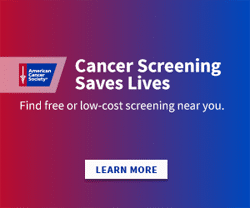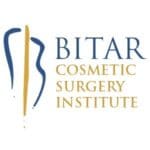
NewView Laser Eye, Inc.
12110 Sunset Hills Road
Suite 50
Reston, VA 20190
NewView Laser Eye, Inc.
20 Davis Ave SW
Leesburg, VA 20175

More Vision & Eye Care Articles
Is It Time To Toss the Readers? FDA Approved Surgery To Correct “Reading Problem”
Are you over the age of 45? Did you have great distance vision for most of your life? Are you tired of your reading glasses?
If the answer to those questions is “Yes”, you may be a candidate for conductive keratoplasty, known as CK, which is the first and only surgical procedure approved by the FDA to improve near vision for those who suffer from presbyopia, the age-related need for reading glasses for close tasks that occurs for most people in their mid-forties.
Nearly 90 million baby boomers in the U.S. alone are now presbyopic. About half of this group only need glasses for reading but see perfectly well in the distance without glasses. For years now, these people have watched millions of others who wore glasses for distance undergo the life changing LASIK procedure. They often asked, “When was there going to be something for them?”
Conductive keratoplasty uses radio frequency energy to heat and reshape the cornea in several spots on the cornea. There is no cutting of tissue and no laser involved as there is with the LASIK procedure. It is safe, simple, effective and valuable. Oftentimes, it is only necessary to operate on one eye, the non-dominant eye.
If you are interested in leaving the house and not having to worry about forgetting your readers, reading a menu, seeing your watch, the odometer, the price tag, or the computer screen without readers, CK may be for you.
How does CK differ from LASIK?
Your distance vision is based on the shape of your eye. After a certain age, this is not likely to change much. The LASIK procedure, which addresses problems with distance vision, leads to a long lasting result because the shape of the eye is not likely to change.
Some patients over the age of forty that pursue LASIK opt to pursue the “monovision” option. Having monovision means correcting the dominant eye fully for distance and correcting the non-dominant eye for near.
This is very successful in patients who already have a refractive error and wear glasses for distance. It has not been successful for those patients who have never worn glasses at all until their mid forties when they needed reading glasses.
While CK seems to achieve similar results as monovision LASIK, the visual results achieve more of a “blended vision” result. The twelve-month FDA data showed good near and distance vision after CK. If you have already undergone LASIK or PRK and are interested in pursuing CK, it may be possible to pursue this option. You will need to discuss this with your surgeon and meet certain criteria.
The CK U.S. FDA trial results at twelve months showed that 98 percent of patients noted improvement in the quality of their vision after CK; 96 percent of patients were satisfied, very satisfied or neutral with results of CK, and 100 percent of patients maintained fair to excellent depth perception. CK affords one the opportunity to have flexibility with their vision for every day tasks without the encumbrance of glasses.
With LASIK for distance vision and the CK procedure, patients can now experience “vision for life”. Look into CK and see what you’ve been missing.
Other Articles You May Find of Interest...
- iDesign Advanced WaveScan Studio
- Norcross Vision Innovators: Glaucoma and Cataract Solutions
- Exploring the Benefits Of Intense Pulsed Light (IPL) For Ocular Surface Health
- Lose Years Off Your Face In Just One Hour
- How to Find a Great Online Shop Offering Same Day Glasses Shipping: Your Quick Guide
- March Is Workplace Eye Wellness Month
- Exploring the Benefits of Half Rim Glasses for Eye Health and Style

















